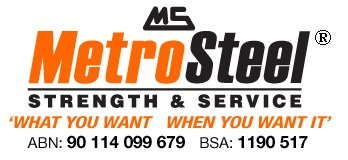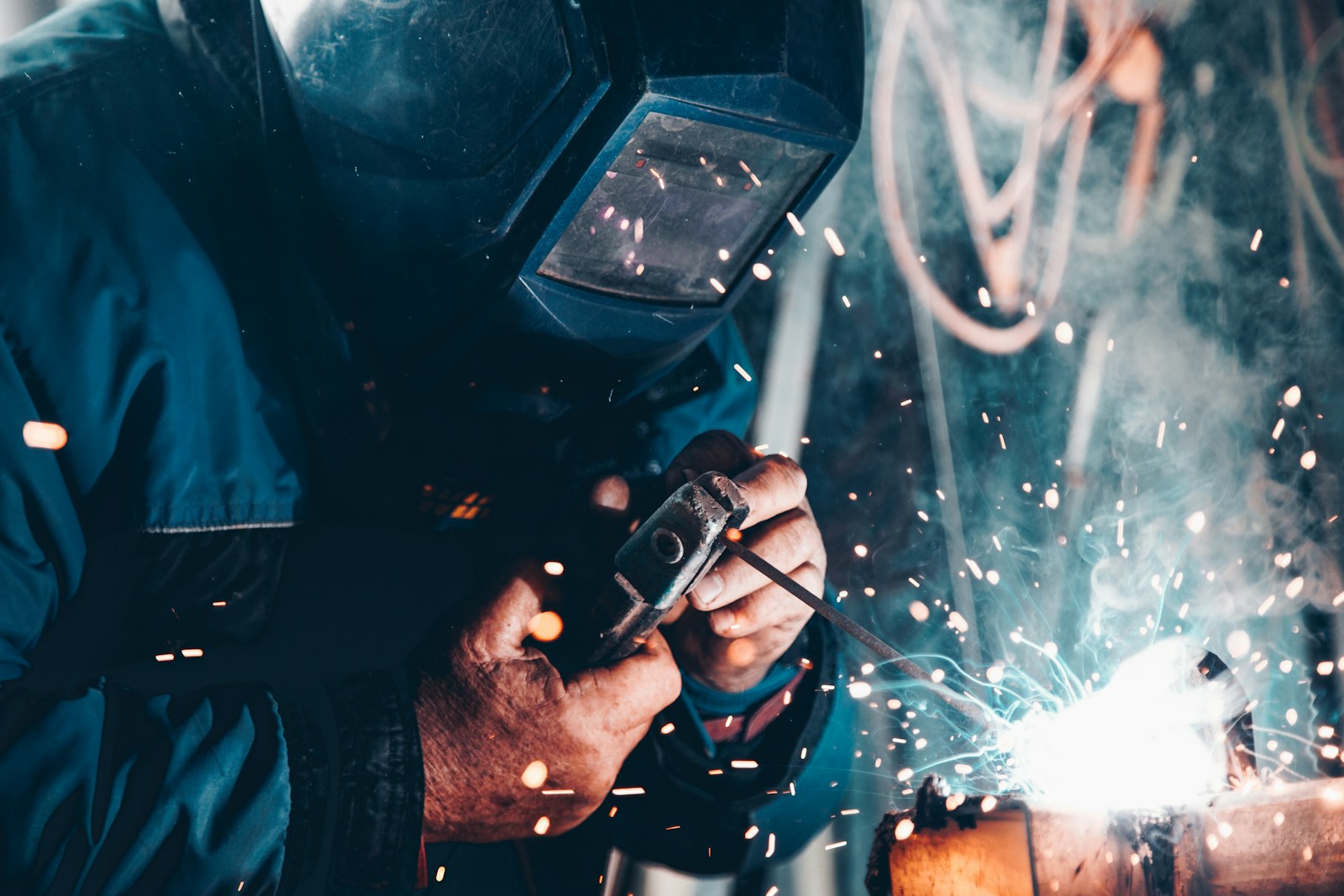When embarking on any welding project, selecting the right steel is a pivotal decision that can determine the success or failure of the entire endeavour. Choosing the correct type of steel isn’t just about meeting the technical requirements; it’s about ensuring the longevity, safety, and overall quality of your welded structure. The stakes are high, especially in industries where the durability of the final product is paramount.
At Metro Steel, we understand the intricacies involved in steel selection. With years of experience supplying top-tier steel products, we’ve seen firsthand the difference the right material can make. In this article, we’ll walk you through the essential factors to consider when choosing steel for your welding projects, helping you avoid common pitfalls and achieve the best results possible.
Factors to Consider When Choosing Steel for Welding
Selecting the right steel for your welding project involves more than just picking a material that looks suitable. Several factors come into play, each of which can influence the final outcome of your work. Here’s what you need to consider:
Steel Type
The type of steel you choose is foundational to the success of your welding project. Common types include carbon steel, stainless steel, and alloy steel. Carbon steel is widely used due to its affordability and good weldability, but it may not be the best choice for all applications. Stainless steel, known for its corrosion resistance, is ideal for environments exposed to moisture or chemicals. Alloy steel, which includes elements like nickel, chromium, or manganese, can offer enhanced strength and durability but may require more precise welding techniques.
Steel Grade
Within each type of steel, different grades offer varying levels of strength, flexibility, and suitability for specific applications. For instance, mild steel (a type of carbon steel) is often used in general-purpose welding, while high-carbon steel is chosen for projects requiring higher hardness and wear resistance. Understanding the specific demands of your project will help you select the appropriate steel grade.
Weldability
Weldability refers to how easily a material can be welded without issues such as cracking or weakening of the welded joint. Different steels have varying levels of weldability, with some requiring specific procedures or additional preparation. Understanding the weldability of your chosen steel is critical to ensuring a strong, defect-free weld.
Thickness and Size
The thickness and size of the steel also play a significant role in the welding process. Thicker steels require more heat and potentially more complex techniques, while thinner steels are more prone to warping or burning through. Additionally, the size of the steel pieces can impact the ease of handling and the overall project timeline.
Strength and Durability
Strength and durability are key factors, particularly for projects that will bear heavy loads or face extreme conditions. Different applications require different levels of strength, so it’s essential to select a steel type and grade that meet these demands. For instance, construction projects often require high-strength steel to ensure the safety and stability of the structure.
Corrosion Resistance
Corrosion resistance is another crucial consideration, especially for projects exposed to moisture or chemicals. Stainless steel is the go-to choice for corrosion-resistant applications, but other steels can also be treated or coated to improve their resistance to rust and corrosion.
Cost and Availability
Finally, it’s important to balance cost and availability with your project requirements. While high-quality steels may come at a premium, the long-term benefits often outweigh the initial investment. At Metro Steel, we offer a wide range of steels to suit various budgets, ensuring you can find the right material without compromising on quality.
Common Mistakes to Avoid When Selecting Steel for Welding
Choosing the right steel for welding can be challenging, and even experienced welders can make mistakes. Understanding these common errors can help you avoid costly and time-consuming issues.
Ignoring Material Compatibility
One of the most common mistakes is ignoring material compatibility. Not all steels can be welded together without compromising the integrity of the weld. Mixing different types or grades of steel can lead to issues such as cracking or weak joints. Always ensure that the materials you’re using are compatible for welding.
Underestimating Project Requirements
Another frequent error is underestimating the project requirements. It’s essential to fully understand the demands of your project before selecting the steel. This includes factors such as load-bearing capacity, environmental exposure, and desired lifespan of the structure. Choosing a steel that doesn’t meet these requirements can result in premature failure or the need for costly repairs.
Overlooking Weldability
Some welders make the mistake of overlooking weldability when selecting steel. As mentioned earlier, not all steels are easy to weld. Choosing a steel with poor weldability can lead to difficulties during the welding process, such as cracking, warping, or incomplete fusion.
Skimping on Quality
While it may be tempting to cut costs by choosing a cheaper steel, skimping on quality can have serious repercussions. Low-quality steel may not perform as expected, leading to structural weaknesses or even failure. It’s always better to invest in high-quality steel from a reputable supplier like Metro Steel to ensure the success of your project.
Practical Tips for Selecting the Right Steel
When it comes to selecting the right steel for your welding project, there are several practical tips to keep in mind:
- Assess the Project Requirements: Before making a decision, thoroughly assess the specific requirements of your project. Consider factors such as load-bearing capacity, environmental conditions, and desired lifespan.
- Consult with Experts: If you’re unsure about which steel to choose, don’t hesitate to consult with experts. At Metro Steel, our knowledgeable team can guide you in selecting the best steel for your needs.
- Consider Future Maintenance: Think about the long-term maintenance of the welded structure. Some steels may require more frequent maintenance or protective treatments to ensure longevity.
- Evaluate Cost vs. Quality: While it’s important to stay within budget, don’t compromise on quality. Investing in high-quality steel can save you money in the long run by reducing the need for repairs or replacements.
- Test Weld Samples: If possible, test weld samples of the steel before committing to a large purchase. This can help you determine if the material is suitable for your project and avoid potential issues down the line.
Securing the Best Steel for Your Welding Projects with Metro Steel
Selecting the right steel for your welding project is a critical step that can greatly impact the final outcome. By considering factors such as steel type, grade, weldability, and corrosion resistance, you can make an informed decision that meets the specific needs of your project. Avoiding common mistakes and following practical tips can further enhance your chances of success.
At Metro Steel, we understand the importance of choosing the right steel, and we’re here to help you every step of the way. With our extensive range of high-quality steel products and expert advice, we’re confident that we can provide the perfect solution for your welding needs. Reach out to Metro Steel today to discuss your project requirements and discover how we can assist you in achieving the best results.
 Talk to an Expert (07) 3204 1000
Talk to an Expert (07) 3204 1000 Working Hours - Mon – Fri 7:00 AM – 4:00 PM
Working Hours - Mon – Fri 7:00 AM – 4:00 PM
